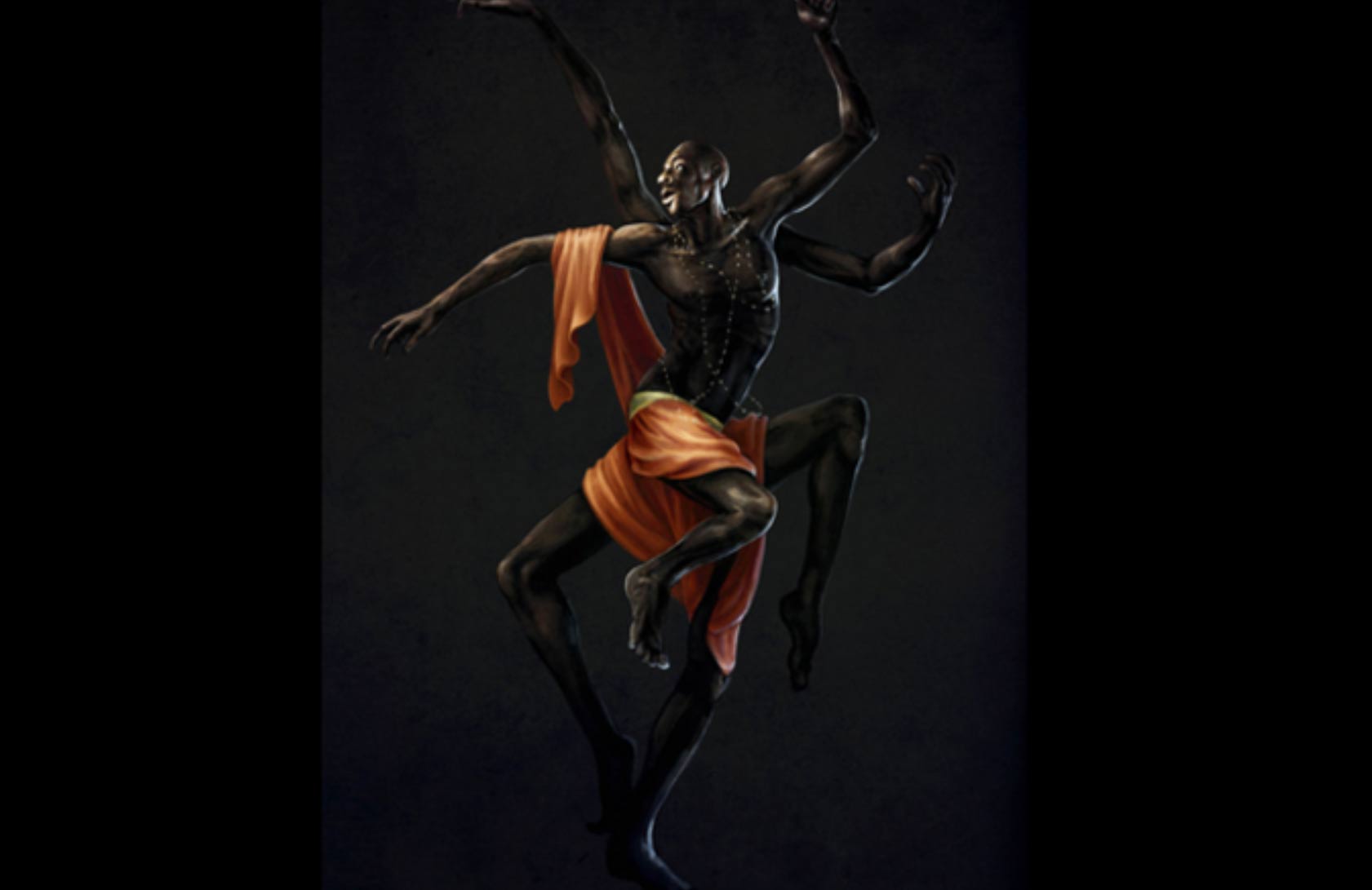Africa has a rich history of spiritual and cultural beliefs, with a central focus on the elements of nature. One of the most intriguing practices is that of the Rain Maker, a person with the ability to control the weather and bring forth rain in times of drought. This practice is still prevalent in many regions of Africa, with specific communities continuing to use this art to this day. Rainmaking is a practice that dates back to ancient times and is based on the belief that certain individuals possess the ability to communicate with the spirits and the elements of nature. These individuals are known as Rain Makers, and they use their connection with the spirits to bring rain and alleviate droughts. This practice is still common in many African communities, with specific regions and ethnic groups having their unique approaches to rainmaking.
One such community is the Dinka people of South Sudan. The Dinka rely heavily on farming for their livelihood, and their survival depends on the rains. The Rain Maker, known as the Leek, is an essential part of their culture, with his ability to bring forth rain being seen as a critical component of their survival. The Leek is chosen at a young age and undergoes a rigorous training process to develop his abilities. Once trained, he uses his connection to the spirits to bring forth rain through a series of ceremonies and rituals.
One of the most well-known rainmaking rituals in Africa is performed by the Bantu-speaking people of southern Africa. This ritual involves the use of a sacred rainmaking tree, known as the Mubuyu tree, which is believed to possess a special connection to the spirits of the elements. According to tradition, the rainmaker must first cut down the tree and carve a special bowl from its trunk. The bowl is then filled with water, and the rainmaker performs a series of dances and songs around it, calling forth the spirits of the elements and the ancestors to bring forth the rain.
Another community that practices rainmaking is the Khoisan people of Southern Africa. The Khoisan have a unique approach to rainmaking, with their practice involving a group of men known as the "Rain Dancers." These men perform a dance that is believed to be able to control the weather and bring rain. The dance is accompanied by chanting and drumming, and it is said that the sound of the drums carries the prayers of the Khoisan people to the spirits, encouraging them to bring forth rain.
The Zulu people of South Africa also have their approach to rainmaking. The Zulu Rain Makers, known as the Isanusi, are highly respected in their communities, and their abilities are highly sought after. The Isanusi performs a series of rituals that are said to connect them with the spirits and the elements, allowing them to control the weather. These rituals involve offerings of food and drink, animal sacrifices, and prayers.
Another community that practices rainmaking is the Luo people of western Kenya. The Luo are an ethnic group that has long depended on agriculture for their livelihoods, and they have developed a sophisticated system of rainmaking that involves a combination of science and tradition. The Luo rainmakers use a variety of tools and techniques, such as planting specific crops, burning certain herbs and spices, and performing specific dances and songs, to summon the rains. They also use weather forecasting tools such as the appearance of specific cloud formations and the behavior of certain animals to predict when rain is most likely to come.
The practice of rainmaking is not limited to specific regions, as it is prevalent in many other African countries. In West Africa, the Yoruba people of Nigeria have their unique approach to rainmaking, involving the use of a divination system known as Ifa. The Ifa priests use the divination system to communicate with the spirits and ask for rain to fall in times of drought.The reasons for rainmaking vary from one community to the next, with the primary motivation being the need for water and the survival of the people. The practice is seen as a way to ensure the fertility of the land and the prosperity of the community. Rainmaking is also a way to connect with the spirits and the elements, reinforcing the community's spiritual beliefs and practices.
The methods used in rainmaking vary from one community to the next, but they often involve a series of rituals and ceremonies. These rituals can involve animal sacrifices, offerings of food and drink, chanting, drumming, and dancing. The ceremonies are often accompanied by prayers, which are said to carry the requests of the people to the spirits.
The reasons for rainmaking are varied and complex. In many African communities, agriculture is the backbone of the economy, and a successful harvest depends on the timely arrival of rain. When the rains fail to come, crops wither and die, leading to famine and hardship. Rainmaking is therefore seen as a way to ensure the prosperity of the community and to protect against the devastating effects of drought.
In addition to its practical benefits, rainmaking also has important spiritual and cultural significance. Many African communities view the elements and the spirits that govern them as a vital part of their world, and rainmaking is seen as a way to honor and appease these spirits. The rituals and ceremonies associated with rainmaking are often accompanied by music, dance, and other forms of celebration, which serve to strengthen the community's social bonds and cultural traditions.
However, rainmaking is not without its controversies. Some have criticized the practice as superstitious or unscientific, arguing that the elements are beyond human control and that rainmaking is therefore a futile endeavor. Others have accused rainmakers of fraud and deception, suggesting that their supposed abilities are nothing more than a clever ploy to extort money or gain power. Despite these criticisms, rainmaking remains an important part of African culture and history.
Conclusively, rainmaking is an ancient practice that has been passed down from generation to generation in many African communities. Despite the advancement of technology and science, many African cultures still practice rainmaking today, as they believe it to be an integral part of their traditions and way of life. The techniques and rituals may differ from one community to another, but the underlying principles remain the same. Rainmaking is seen as a spiritual act that requires the intervention of the divine, the ancestors, and the elements. While there is no scientific evidence to prove the effectiveness of rainmaking, it remains a significant part of African culture and a source of community pride.

We appreciate your contribution.
Join the Oriire Community
Become a free member to get the monthly roundup, unlock more challenges, comment on articles and bookmark your favourites





















Share
0 Comments